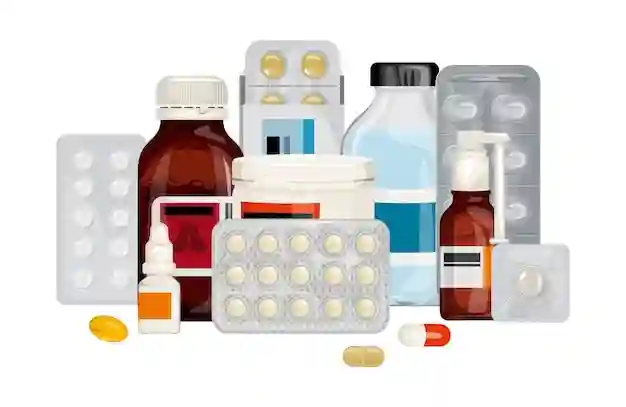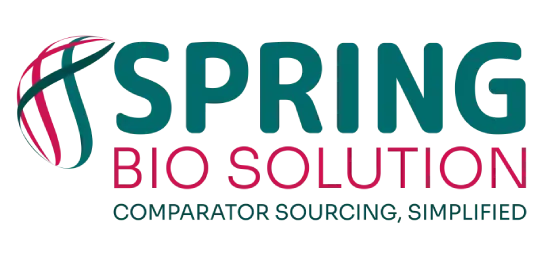Many medications are taken orally, available in various forms such as solid tablets, capsules, chewable tablets, or orally disintegrating tablets meant to be swallowed whole or dissolved in the mouth. Additionally, medications can come in liquid forms like drops, syrups, or solutions. They are also available as powders and granules to be mixed with water and to be consumed as a liquid. Typically, the active ingredients in oral medications do not enter the bloodstream until they reach the stomach or intestines. However, some medications, like lozenges and orally disintegrating tablets, are absorbed through the lining of the mouth. Certain drugs, such as specific laxatives or contrast agents, are designed to have minimal absorption into the bloodstream.

- Tablets:
- Tablets come in a variety of shapes and sizes. They are easy to manufacture and have a long shelf life. To make tablets, one or more active ingredients are mixed with excipients (substances that help bind the tablet together) and then compressed into a solid form.
- Uncoated tablets- consist of tightly compressed powder or granules and typically have a dull surface. It is important to take these tablets with water to prevent them from getting stuck in the esophagus and to ensure there is sufficient liquid in the stomach for the tablet to dissolve properly.
- Coated tablets- which can be either sugar-coated or film-coated, have a protective layer to guard against moisture and bacteria. These tablets are smooth, often shiny, and easier to swallow, with a neutral or slightly sweet taste. The coating material and thickness determine whether a tablet is classified as sugar-coated, or film coated. Sugar-coated tablets are typically round or oval, while film-coated tablets have a thin coating. Tablets containing drugs that need protection from stomach acid are coated with a gastric acid-resistant layer (gastro-resistant tablets), ensuring the drug is released only in the small intestine. It is important not to crush or chew coated tablets, as this would remove the protective coating.
- Fizzy (effervescent) tablets- are designed to be dissolved in a glass of water before drinking. They are ideal for individuals who have difficulty swallowing tablets and often have a quicker effect than tablets taken whole, as the medication is already dissolved by the time it reaches the stomach.
- Chewable tablets and lozenges- are designed to deliver medication that targets the throat, such as for treating a sore throat, or that can be absorbed through the lining of the mouth.
- Orally disintegrating tablets- are placed in the cheek pouch or under the tongue to dissolve slowly. Known as buccal tablets (from the Latin “bucca,” meaning “cheek”) and sublingual tablets (from the Latin “sub,” meaning “under,” and “lingua,” meaning “tongue”), these tablets allow the drug to be absorbed directly into the bloodstream through the lining of the mouth, where it then circulates throughout the body. Sublingual tablets have high solubility and disintegrate quickly in the mouth. They are recommended when instant action is required by making medicine available in the blood stream instantly. They are therefore designed as a small quickly disintegrating tablet to be kept under the tongue. The most famous sublingual medication in nitroglycerine tablets used by angina patients.
- Capsules and chewable capsules:
- Capsules consist of a shell, usually made of gelatin, that encases the medication in the form of powder, granules, or liquid. This shell dissolves in the stomach or intestines, releasing the drug. Capsules are durable, tasteless, and even preserve sensitive medications effectively. Additionally, there are chewable capsules designed to be bitten, allowing the drug to be absorbed through the mouth’s lining.
- Time-release tablets and capsules:
- Time-release tablets and capsules are formulated to gradually release their active ingredients. A single time-release tablet can contain a full day’s dosage, distributing it evenly over 12 or 24 hours. This offers the convenience of needing just one tablet per day, eliminating the need for multiple doses.
- Powders and granules:
- Certain medications come in the form of powders or granules, such as some painkillers and many antibiotics for young children (dry syrup). These powders and granules are typically dissolved in water before being swallowed.
- Drops:
- In liquid drops, the medication is either the liquid itself or has been dissolved in a liquid, commonly water or a water-alcohol mixture. The dosage is administered by counting the number of drops.
- Liquid medications and syrups:
- Liquid medications typically involve one or more drugs dissolved in water, where the liquid itself may serve as the medication. These medications often include a measuring cup to ensure accurate dosing. Individuals who struggle with swallowing tablets often prefer liquid medications. Syrups refer to concentrated solutions containing medication mixed with sugar.



